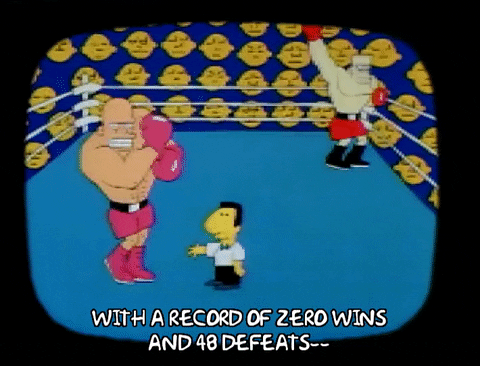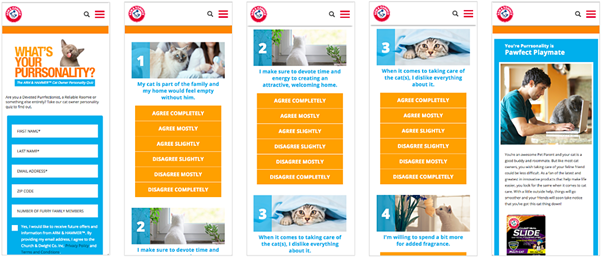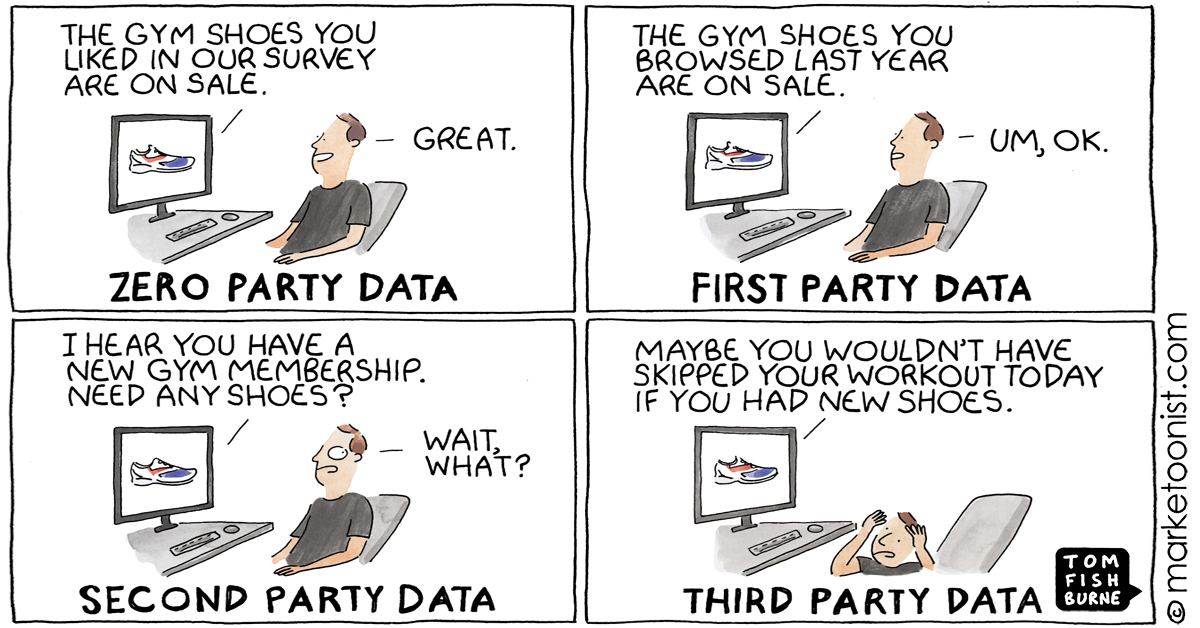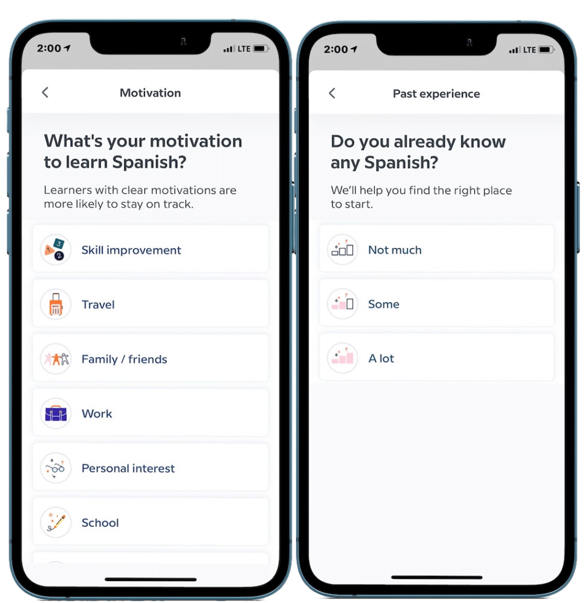"Zero Party" sounds like what a high school bully would call a scrappy group of misfits in a 90s teen movie. And not unlike that gang of unlikely friends, zero party data is inclusive, honest and trustworthy, and will win out in the end. Now, let's save that community centre with a dance competition.

Consumers are growing more and more aware about how their data is handled, stored, and used. Plus, businesses are being put under more and more pressure to provide personalised and relevant data, which is highly reliant on accurate and abundant data.
This makes the balance between data collection and privacy increasingly difficult. Recently, it was revealed that 96% of US users opted out of app tracking in the iOS 14.5 update, where it enforced a policy called App Tracking Transparency. This means apps are now required to request user permission to use techniques like ID for advertisers.
So, this is where zero party data comes in, to build a bridge between the two issues. But first we have to answer:
What is Zero Party Data?
Zero party data is when a customer willingly and proactively shares information with a company. This might include product preferences, personal details and context, or how they want to be identified by the brand. It's all about asking, over inferring.
Forrester Research, who coined the term, describes it as:
"Zero-party data is that which a customer intentionally and proactively shares with a brand. It can include preference centre data, purchase intentions, personal context, and how the individual wants the brand to recognize [them]."
This data differs from the other three data types, as it is provided by the customer, and not theorised by their behaviour. It tends to be absent of the creepy, invasive nature that other forms of data collection can have. Basically, it's all about consent.
It's an equal exchange - zero party data is given freely, and in return the client gets their coveted personalised experience. In this way, it doesn't make sense to collect it for anonymous customers. Zero party data only makes sense for identified customers.
This form of data also tends to give companies a greater insight into customer needs, interests and intent, and explicitly rather than implied. Unlike first party data, which can only offer insight interpreted from purchase history or basic facts like date of birth. So, what's the difference between Zero party data, and all the other types of data? Well, we can have a quick look into:
- First party data. This is information about a client that a company directly collects via its own channels and sources.
- Second party data. Think of this as the same type of data as first party data, but with a different source. Second party involves another company's first party data, that is packaged and sold to another.
- Third party data. Third party data is collected from many sources, combined into one dataset, and then packaged and sold to companies. The businesses that sell the data aren't typically the ones who collected it.
"If you buy data from a third party, that is a risky element that could get you in hot water not just with the client for being creepy, but potentially with regulators." - Mark Grannan, Senior Analyst, Forrester
The need for zero party data
All three data types are useful in their own way, and see widespread use.
But like we've been through a second ago, consumers are becoming way more wary about the data collected about them, and how it's being used. Plus, companies are become more cautious too. Legislation like the GDPR and CCPA are being enforced more strictly.
Recently, a lawsuit was brought against Oracle and Salesforce for their use of 3rd party tracking cookies which could end in fines in excess of €10B.

But we also know customers demand a personalised experience, with 66% of shoppers saying that a poorly personalised experience would stop them from making a purchase.
So, one of the main benefits of zero party data is that it is linked to customer engagement and interaction. Companies using zero party data can be assured that their customers want to hear from them, and will respond when they are targeted.
Forrester states:
“Ultimately, zero-party data can reduce marketing waste for a brand and improve the lives of its customers – a win-win situation for everyone involved.”
So, with both the insightful data, and the element of trust, brands can begin to build direct, transparent, and personal relationships with clients.
Although, it's not always guaranteed that zero party data is 100% accurate.
Forrester explains: “asking for too much information at one time can be overwhelming and may lead your customers to provide false information just to get through the process.”
This means it's vital to provide a good UX, in order to provide a real value exchange. So, brands should aim for entertaining, interactive experiences that offer something useful, to rival the sharing of personal information, that can then be collected and stored by the company. Examples of this valuable content can include:
- Social stories
- Polls
- Quizzes
- Preference Centres
- Registrations
- Questionnaires
But let's go into some more details on a few of these. The question on everybody's lips is:
How do you collect zero-party data?
Whether through social stories, quizzes, or questionnaires, brands can leverage these entertaining experiences that incorporate incentive mechanics, in order to quickly and easily collect data at speed and scale.

This means easy personalisation, and the removal of any guesswork. Brands might try using:
- Registrations
After mobile and desktop registrations, a brand can tailor an individual's experience to be as personalised as possible. A brand can find out a customer's motivation behind using the service, what they're primarily there for, what sections they want to view, and the desired outcome. A good example of this is Babbel, who will walk client's through an experience before new users start with the service. - Questionnaires
Frequently offered alongside an incentive, questionnaires are a great way to engage customers in a way that is entertaining, and also data-rich. The customer has full range over how they answer the brand's questions. These questions can be highly relevant to what the brand wants to know, too. There's no excess, irrelevant information to be sifted through.
For example, Baby-walz, a company providing products to expectant parents, infants and young children, collects zero-party data when users register for its mailing list. When a user registers for its mailing list, the company asks for some more info about the child they're shopping for.
New customers are often happy to provide this info, because it means a more relevant, personalised experience from the company. But remember, it's important to not overwhelm customers with questions when they attempt to register. It's all about balance, in order to keep the experience friction free.
Also, only ask for data that you will actually use. If you end up sending a bunch of information that conflicts with the data they've provided i.e. sending promotions for cots, when the parents have said they've got a five year old, they'll feel ignored.
- Social media.
Social media polls, surveys, and posts can all give customers the opportunity to share their preferences and intentions. They require thoughtful execution, but can net great results.
For example, Arm & Hammer engages website visitors with a personality quiz. When the client has completed a form, and answered a series of questions about owning cats, they are provided with a few different rewards.
These are; personalised product recommendations, a coupon, and their "purrsonality" type. This can then be shared to social media. In return, the brand gets a bunch of data, including contact info, and preference data about their pet.


